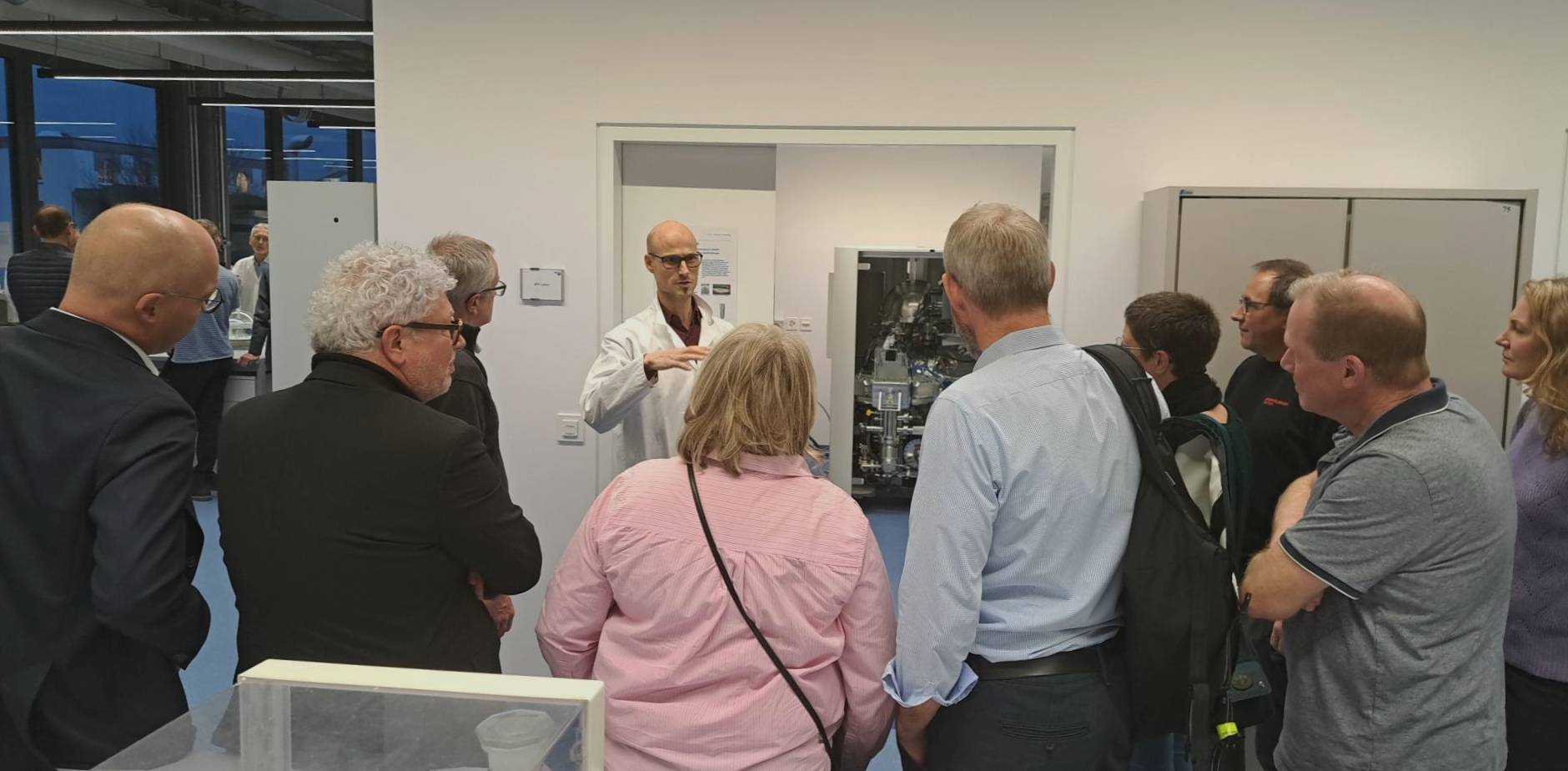RMS Foundation
Robert Mathys-Strasse 1
2544 Bettlach
Switzerland
Phone +41 32 644 2000
Carrier Gas Hot Extraction analysis (CGHE analysis) can be used to quantitatively determine carbon, sulphur, hydrogen, nitrogen, oxygen, and argon in metallic and non-metallic materials. The samples are melted under a specific gas atmosphere (carrier gas) for each element. Helium is used as the carrier gas for O, N and Ar analysis. In contrast, nitrogen is used as the carrier gas for the H measurement. In the C and S determination, carbon is oxidized to form CO2 and sulphur to form SO2. The quantitative determination is then carried out using selective infrared detection (O, C, S), via the change in thermal conductivity (H, N) or using a mass spectrometer (Ar).
Whenever possible, we carry out our testing services in accordance with or based on these international standards:
We use carrier gas hot extraction analyses (TGHE) for the following material tests, among others:
CGHE is very suitable for metallic and non-metallic solids, chips or powders.
The material must be very clean (no contamination from cutting tools or other impurities).
A sample quantity of approx. 5 g is ideal. However, measurements are possible from a minimum quantity of 0.1 g.
The measuring range depends on the element to be determined:
C: 4 µg/g to 3.5 %
S: 4 µg/g to 0.4 %
O: 0.5 µg/g to 0.5 %
N: 0.5 µg/g to 0.5 %
H: 0.5 to 1000 µg/g
Ar: 10 ng/g to 1000 µg/g
The detection limits are:
C, S: 1 µg/g
O, N, H: 0.05 µg/g
Ar: 2 ng/g
Yes, the CGHE analyses offered are validated and accredited in accordance with ISO/IEC 17025.
AnselmLoges
PhD
Team Leader Analytics & Materials Testing
+41 32 644 2010
Since 1995, the services of our materials testing laboratory have been accredited according to ISO/IEC 17025. Our QM system is ISO 9001 certified.
Here you will find our latest blog posts.

RMS Foundation
Robert Mathys-Strasse 1
2544 Bettlach
Switzerland
Phone +41 32 644 2000
E-Mail
The RMS Foundation will be closed from 24 December 2025 through 2 January 2026. We will be pleased to assist you again from Monday, 5 January 2026.
Subscribe to our Info-letter, and we will inform you about 10 times a year about current developments in the fields of material testing, research, and knowledge transfer.